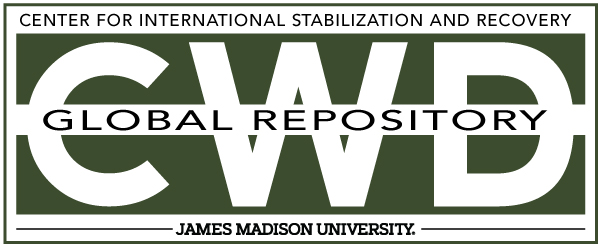Document Type
Other
Creative Commons License

This work is licensed under a Creative Commons Attribution-Noncommercial-No Derivative Works 4.0 License.
Publication Date
7-2019
Keywords
ERW Clearance, ERW, GICHD, Vietnam, Aging, Ageing, Advocacy and International Law, Centers and Organizations
Abstract
Every conflict leaves behind explosive remnants of war (ERW) in lesser or greater quantities depending upon the nature and duration of the conflict and the types and quantities of weapons used. How ERW are dealt with reflects local circumstances and conditions, as well as the influence of international humanitarian law (IHL), the availability of resources and prioritisation choices made by governments, international institutions and agencies. In many cases an initial period of proactive effort is followed, sooner or later, by the adoption of more reactive policies and practices. The duration of the transition period varies from country to country, but in every case a situation eventually arises when the ERW that remain are treated as “residual”. In many locations where ERW are found, the items have been exposed to the outdoor environment for many years. The effect of this “ageing” on munitions has not been researched to any extent, and most information on ageing is anecdotal, rather than systematically compiled. Additional information and a robust methodology are required to enable evidence-based planning decisions.
The aim of the pilot study was to contribute to increased confidence and efficiency in mine action prioritisation, planning and risk management decision-making within the mine action programme in Vietnam, by providing information on the effects of and approach to ageing. The authors recognise that the sample of munitions is not large, so summaries and recommendations should be taken as cautious and indicative. This report provides a narrative on the background to the approach to ageing of munitions, the process of the field work/cutting of the munitions, and a description of findings from the analysis of the explosive content by Fenix Insight Ltd and the Weapons Technical Centre, Military Technical Academy, Hanoi, the details of which can be found in the annexes.
Included in
Defense and Security Studies Commons, Peace and Conflict Studies Commons, Public Policy Commons, Social Policy Commons



